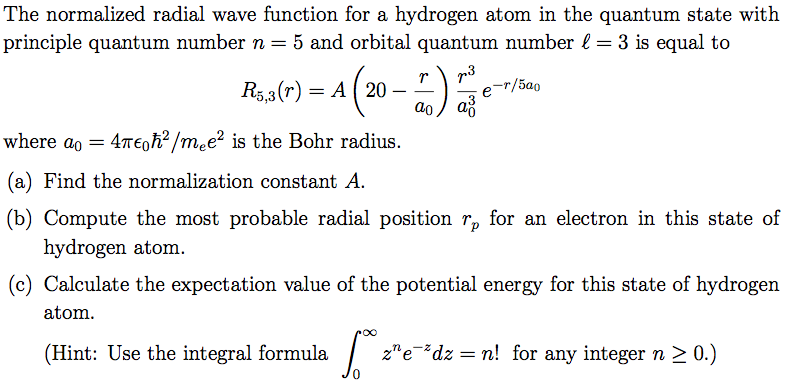
Manfred Helm, Director, Institute of Ion Beam Physics and Materials Research, Helmholtz-Zentrum Dresden-Rossendorf (HZDR))

In addition it is a pleasure to read, offering also new perspectives on various topics.” (Prof. Overall this is a very timely book on the physics necessary to understand semiconductor based quantum photonic devices. All calculations are easy to follow also for experimentalists. Relevant experiments on quantum interference are discussed both for photons and electrons, accompanied by a theoretical description using second quantization. Starting from the behavior of electrons is semiconductor heterostructures, it extends to laser physics and quantum optics, focusing on the relevant properties for the “second quantum revolution”, whose applications we face today in quantum information technology. “This book contains a rather unique, yet highly useful combination of topics. I have used this script and the lecture material on band structure calculations in my Quantum Physics Lecture at the Hochschule München.” (Stefan Birner, nextnano GmbH) I think it is very helpful nowadays having books that come with scripts so that the readers can reproduce the plots. The topic is difficult because many semiconductor books hide important details, such as presenting the algorithm as such. With the help of the provided Matlab script, I was able to comprehend the method. It is difficult to make the step from the abstract equation to plotting the band structure using the pseudopotential method by writing your own code. “I enjoyed reading the chapter on pseudopotenial band structure calculations very much. The book has also been very handy to introduce student trainees to various topics, such as two-dimensional electrons and modulation doping.” (Ulf Gennser, Centre for Nanoscience and Nanotechnology, France) Instead of searching in the literature for separate entries, one finds here the main ideas for both bosons and fermions placed side by side, and explained in a very straightforward way. I especially liked the parallel treatments of quantum photons and quantum electrons. “Quantum photonics is a welcome addition to graduate physics textbooks: it explores a number of topics that have become important in recent years, and for which it is very useful to find here a basic and pedagogical presentation. This textbook is an essential part of any graduate-level course dealing with the theory of nanophotonic devices or computational physics of solid-state quantum devices based on nanoscopic structures. Pearsall’s Quantum Photonics is supported by numerous numerical calculations that can be repeated by the reader, and every chapter features a reference list of state-of-the art research and a set of exercises. It describes the particle qualities of quantum electrons via their unique operator algebra and distinguishable behavior from photons, and employs these fundamentals to describe the quantum point contact, which is the quantum analogue of a transistor and the basic building block of all nanoscopic circuits, such as electron interferometers. This extended second edition includes a detailed description of the link between quantum photon states and the macroscopic electric field. The book devotes further in-depth discussion of second quantization of the electromagnetic field that describes spontaneous and stimulated emission of photons, quantum entanglement and introduces the topic of quantum cascade lasers, showing how electrons and photons interact in a quantum environment to create a practical photonic device.


It presents a determination of electronic band structure using the pseudopotential method, enabling the student to directly compute the band structures of most group IV, group III-V, and group II-VI semiconductors. Beginning with a review of the quantum properties of photons and electrons, the book then introduces the concept of their non-locality at the quantum level. This textbook employs a pedagogical approach that facilitates access to the fundamentals of quantum photonics. Photonics is the discipline of electrons and photons working in tandem to create new physics, new devices and new applications.


 0 kommentar(er)
0 kommentar(er)
